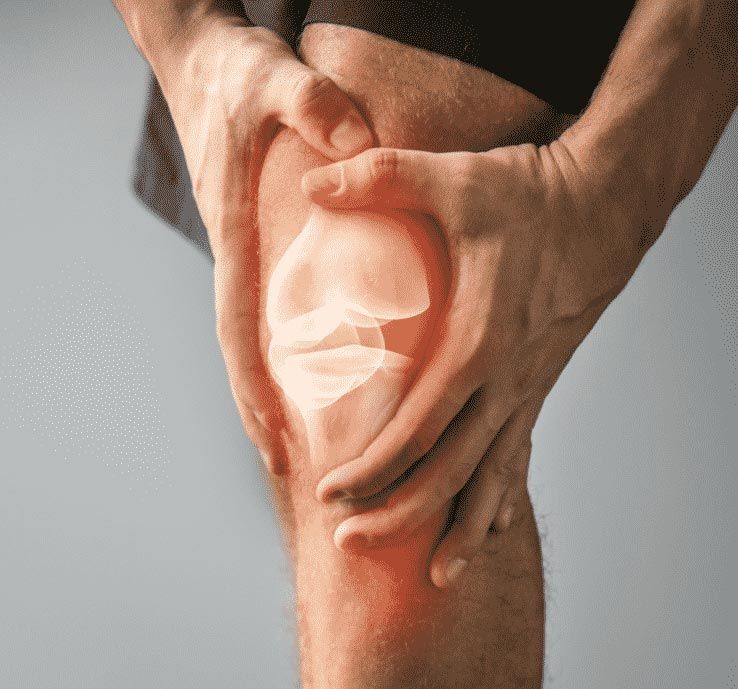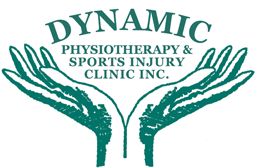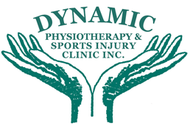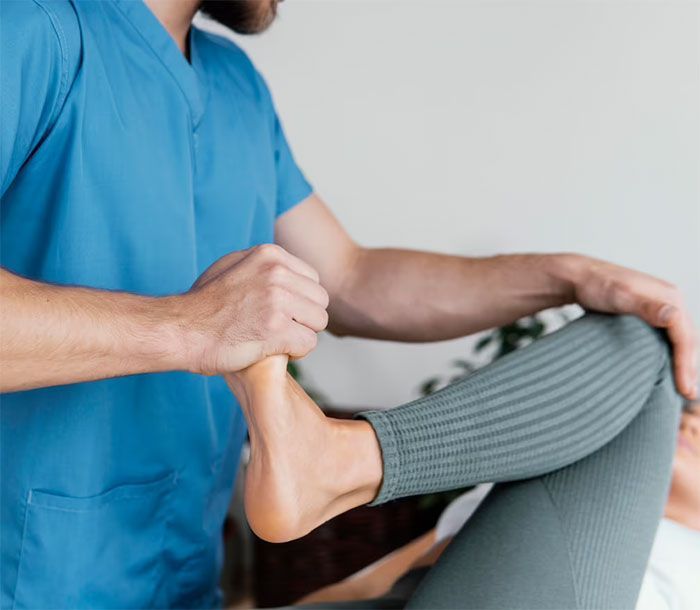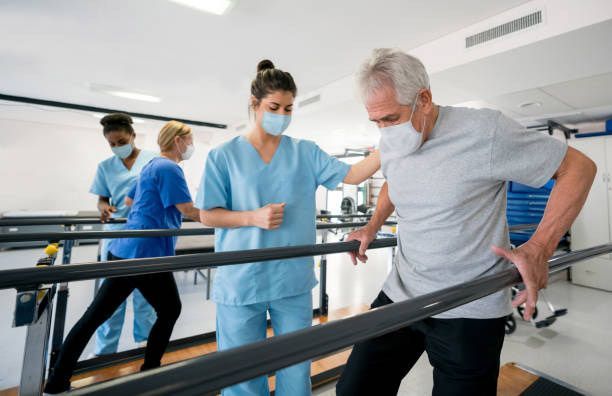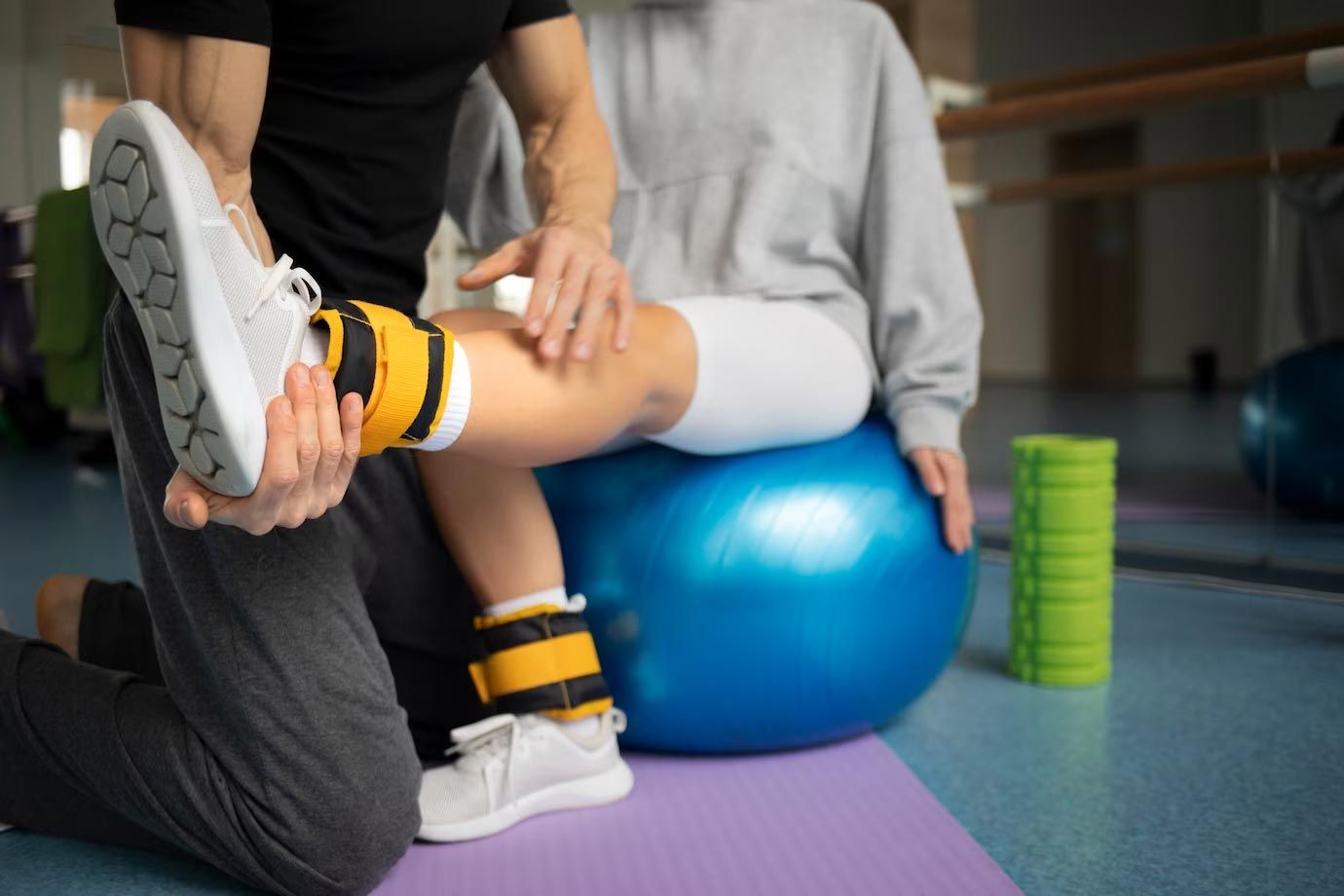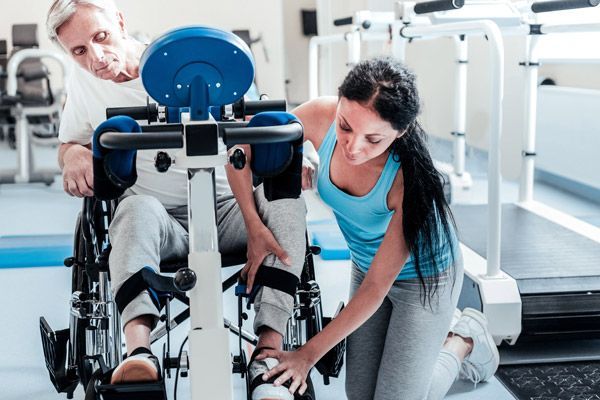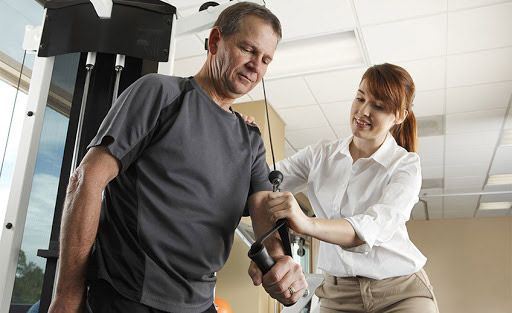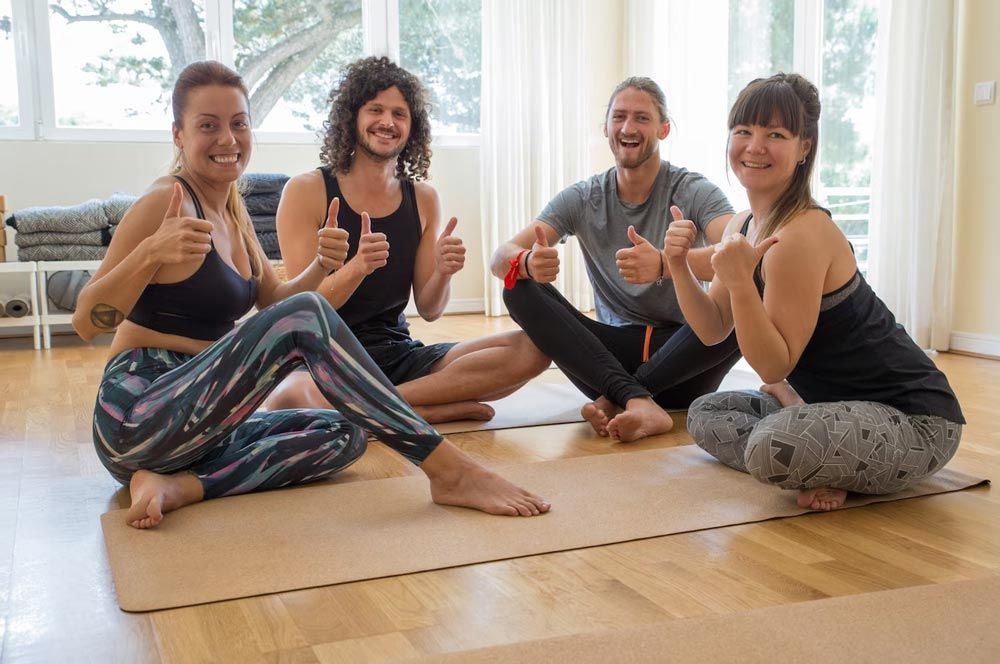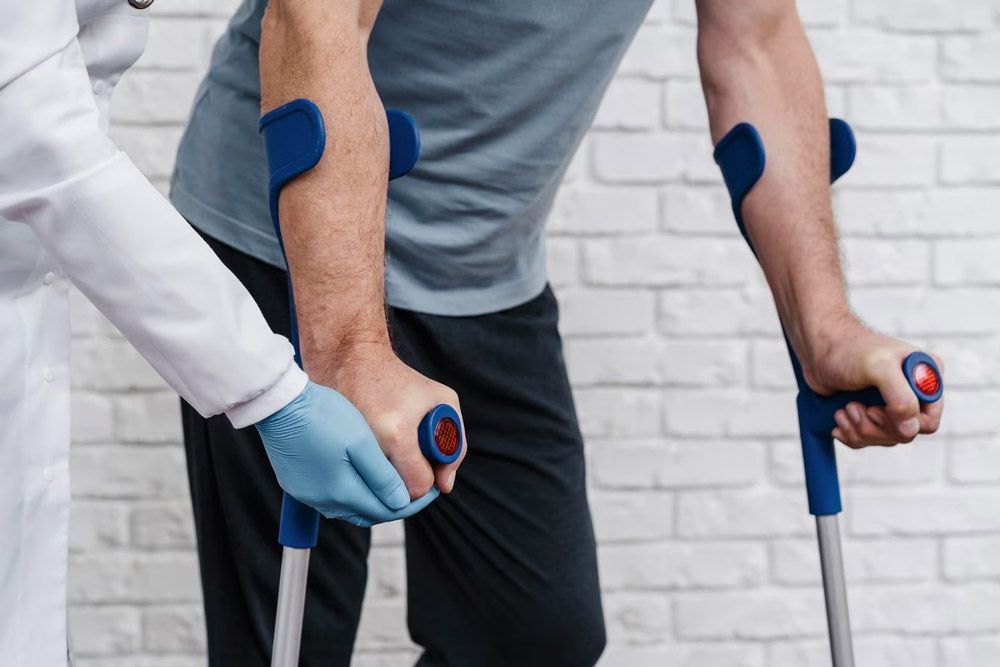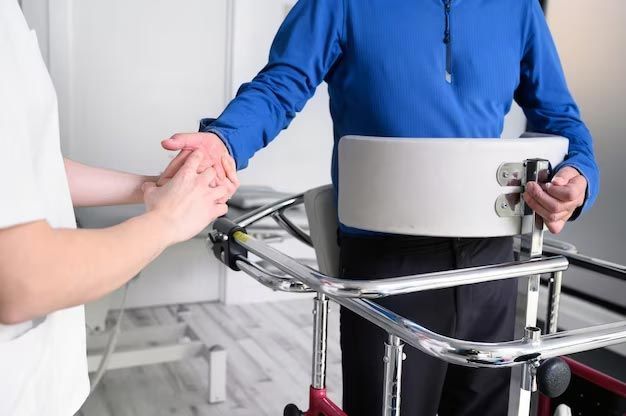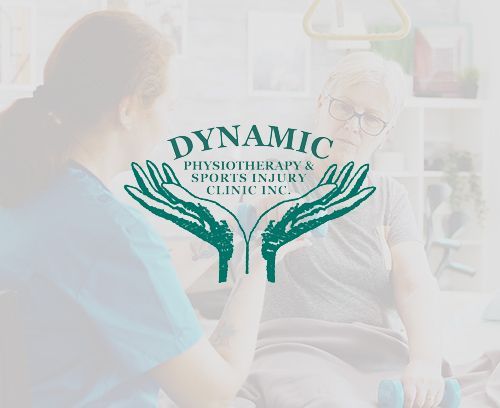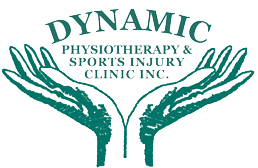Physiotherapy & Sports Injury Clinic in Mississauga
At Dynamic Physiotherapy in Mississauga, our physiotherapists are well-versed in all treatments & provide the best clinic atmosphere for your recovery. Call us or Book an appointment today.
Dynamic Physiotherapy Services
We offer a comprehensive range of services that are tailored to each individual's needs, delivered by highly skilled professionals, and enhanced by state-of-the-art equipment for an optimized and expedited healing process.
Dynamic Physiotherapy Programs
We provide personalized and condition-specific programs, designed to expedite your recovery, ensure optimal results, and help you regain full functionality in the shortest possible time.
Dynamic Physiotherapy Products
We offer a curated selection of products, carefully chosen to support your healing journey, manage pain, and enhance your physiotherapy treatment outcomes.
Conditions We Treat
We have a vast expertise in treating a wide range of conditions, offering specialized and personalized treatment plans to help clients of all ages achieve improved health and enhanced quality of life.
Dynamic Physiotherapy in Mississauga
Welcome to Dynamic Physiotherapy
Here at Dynamic Physiotherapy in Mississauga, we pride ourselves in providing the most in-depth and effective treatments for a variety of conditions.
With several years of shared experience, our Mississauga team of physiotherapists, massage therapists, acupuncturists, and support staff are well-versed in all modern techniques and will provide a comfortable, encouraging atmosphere for your recovery.
Before your treatment begins, you will be assessed by one of our Regulated Health Professionals who will examine your injury or condition and provide a plan for rehabilitation and correction. Our facilities are clean, easy to get to, and equipped with state-of-the-art equipment to meet all of your needs.
A Mississauga, ON Physiotherapist winner of the Patients' Choice Awards. Verified by Opencare.com
State-of-the-art Facilities
Experience faster healing with our cutting-edge facilities at Dynamic Physiotherapy.
Personalized Treatment
At Dynamic Physiotherapy, your treatment is as unique as you are.
Expert Staff
Experience a blend of expert care and exceptional service at Dynamic Physiotherapy
Our Service in Mississauga
Physiotherapy & Sports Injury Services
At Dynamic Physiotherapy we provide in-depth, effective treatments for a variety of conditions. Our Mississauga team of physiotherapists, massage therapists, and acupuncturists take a multi-disciplinary approach to treatment using modern techniques designed to see the most positive outcomes.
Physiotherapy
Acupuncture
Myofascial Release
Massage Therapy
Custom Made Foot Orthotics
Compression Socks / Stockings
Electro-Acuscope Pain Management System
Shockwave Therapy Mississauga
Solution for your issue
We Proudly Give Quality Treatments & Programs
Our physiotherapist owned and operated clinic was opened in 1996. Our goal is to provide a positive treatment experience for each client starting with a thorough assessment and personalized treatment plan. We only recommend services and/or products that will help facilitate your healing and manage pain and symptoms provided by those with professional training in their respective field. We use the latest equipment and techniques in order to ensure the fastest possible healing. As physiotherapists Mississauga patients trust, we will promote optimal mobility, overall health and wellness while helping to prevent injury.
24 Hours Emergency Services
Professional and Certified Therapists
Get A Consultation Anytime
720+
Happy Patients
27
Years of Experience
Mississauga Physiotherapy & Massage
At our Mississauga clinic, our physiotherapy and massage treatments work together to accelerate the healing and recovery process. Whether you are living with chronic pain, recovering from an accident or have motion and mobility issues, our holistic approach to healing is safe and performed at a pace your body can handle.
Treat Musculoskeletal Conditions
Rehabilitate after an accident, illness or age-related disease
Help return mobility
Through massage we can:
- Relieve or reduce the symptoms of headaches and migraines
- Relieve pain from sports injuries
- Treat ligament or tendon problems including tennis elbow, carpal tunnel, and RSI
- Relieve neck pain or whiplash
- Reduce muscle stiffness, aches, and tension
- Ease lower back problems and shoulder pain or stiffness
- Treat hip, pelvic, and leg pain or dysfunction
Programs We Offer
Specialized Programs At Our Clinic
Along with our general services, we provide a number of specialized programs in our Mississauga clinic aimed at helping patients recover from specific procedures and injuries. These programs will help patients tackle the most common consequences of these life events while achieving the best possible results for each patient. For more information about our in-depth therapy programs, please use the links provided:
Testimonial
What Our Patients Say?
I have gone for a few sessions of a couple of different services at Dynamic Physiotherapy now and they have been fantastic. Robert and his staff are very professional and friendly. They take great care of their customers and I would highly recommend them to my friends & family.
We're here to help you.
Start Up Your Health Consultation With Us
We want to know your needs exactly so that we can provide the perfect solution. Let us know what you want and we’ll do our best to help.
PHONE NUMBER:
905-273-5433
robert.dynamicphysiotherapy@gmail.com
CLINIC LOCATION:
89 Queensway West Suite 100 Main Floor, Mississauga ON L5B 2V2
Working Hours:
Mon-Friday 10:30 AM - 07:00 PM, Tue 10:30 AM - 05:00 PM
Sat 10:00 AM - 02:00 PM, Sun Closed
Home - Website Form
Frequently Asked Questions
Do you have a question about our service? Do not hesitate to give us a call and also consult our list of frequently asked questions!
OR CALL US:
Article
Latest Tip & Article


